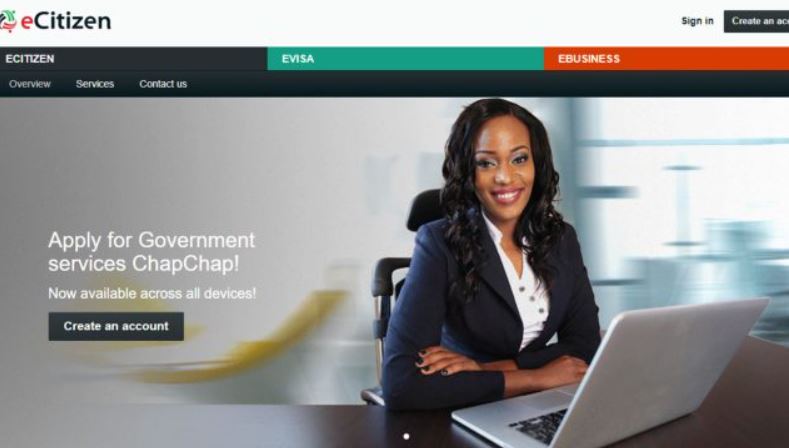Heading towards 2025, businesses and companies will look for ways to succeed while marketing cost-effectively in acquiring customers and customer retention. As much as digital marketing is correct at the center of everything, offline ways like promotional printed calendars still prove very strong.
Below is an article outlining how promotional calendars will work favorably for businesses that want to venture above the rest in visibility and engagement levels in the year ahead.
1. Increased Brand Visibility
One of the best benefits of promotional calendars is brand visibility. As long as you give your customers and prospects a creative and unique calendar, you are sure of repeated annual exposure. Every day, it is hung on anyone’s wall or desk; they get to see your business logo and contact information.
An entire ‘life’ of more than 12 months in the continuity of the calendars means that your promotional products have a lifespan going beyond just the start-up campaign.
This kind of visibility keeps your business, product, and brand far away from the competition and also helps build top-of-the-mind recall with the local community. Investing promotional calendars for 2025, is one good way to ensure that your firm’s visibility is maintained throughout the year, regularly reminding your customers about your business.
2. Year-Round Marketing
Another benefit of promotional calendars is engaging in year-round marketing through a single cost-effective product. Unlike many marketing efforts that only last for a short campaign period, calendars provide advertising space for 12 months at once. You can promote seasonal offers, highlight important dates and events, or feature case studies and new services each month.
This allows tailored and relevant messaging to reach customers regularly without the steep ongoing costs of running multi-month campaigns. Upcoming holidays, sales, workshops, or other occasions present continued opportunities for promotion. The extended longevity makes calendars a highly efficient use of marketing funds compared to fleeting online or print ads.
3. Customer Retention
Promotional calendars also serve as an excellent tool for customer retention, especially for businesses with a repeat client base or subscription model. By distributing unique, high-quality calendars at the latter end of each year, companies can boost retention rates among existing patrons. Customers appreciate useful, branded gifts showcasing your products, values, and upcoming schedule.
It incentivizes loyalty and positively associates with the brand whenever they consult their calendar. This ongoing exposure maintains top-of-mind awareness for repeat purchases and referrals over the long term.
In addition to forming positive brand associations, promotional calendars also facilitate ongoing engagement between businesses and existing customers. The monthly prompts provided by calendars encourage patrons to regularly interact with the company’s promotions, events, and new offerings.
This consistent interaction has kept the business top-of-mind for customers over the past 12 months. As customers utilize the calendar to plan their schedules and remind themselves of important dates, they may be more inclined to make repeat purchases from the business.
4. Enhanced Customer Engagement
Engagement is another area where promotional calendars excel. Unlike impersonal broadcast advertising, calendars facilitate two-way communication through monthly prompts and relevant content. They motivate customers to interact regularly with your brand, whether by sharing photos of featured events on social media or contacting your company with questions.
Calendars prompt browser behavior, encourage clicks, and foster engagement.
The potential for personalization also allows for targeting messages according to customer demographics, interests, or purchase history. This customized content enriches the client experience and builds stronger relationships over a year. Various interactive calendar designs can further boost engagement levels among key demographic groups.
5. Cost-Effective Advertising
Perhaps the most significant selling point of promotional calendars for budget-conscious businesses is their affordability compared to traditional advertising mediums. While designs and paper qualities may impact per-unit costs, calendars provide a highly cost-effective use of marketing funds.
Low printing rates allow the distribution of dozens or even hundreds of calendars with a relatively small budget. The year-long exposure translates to pennies per impression versus dollars spent on brief online ads or flyers. Calendars also remove ongoing ad production costs since a single design is used repeatedly throughout 2025.
For small companies, in particular, their affordability makes promotional calendars an ideal year-round promotional tool.
6. Targeted Marketing
Finally, calendars enable highly targeted marketing approaches that allow communication to focus on specific customer segments.
Various designs, paper stocks, and personalized options facilitate segmentation according to geography, demographics, purchasing behaviors, or other criteria. Local small businesses significantly benefit from hyperlocal marketing to stand out amongst national competitors.
Customizable elements permit incorporating tailored messaging, coupons, and themes relevant to different consumer niches.
For example, an HVAC company could promote exclusive offers to previous clients rather than general prospects. Calendars’ personalization potential makes them a precision-targeted promotional format for the strategic marketer.
Final Thoughts
Promotional calendars represent a versatile and cost-effective option for businesses seeking to boost visibility, marketing, and customer retention through 2025. Their longevity provides year-round brand exposure, the flexibility to promote seasonal offers, and customized design potential, which allows segmentation and targeted campaigns.
Calendars remain an impactful offline marketing tool that few businesses can afford to ignore in the new year.
Furthermore, calendars’ ability to facilitate regular brand interaction, loyalty-building content, and repeated customer contact differentiates them from fleeting online ads. For enhanced visibility, affordable advertising rates, and improved retention levels, promotional calendars should form part of any business’ 2025 marketing strategy.












